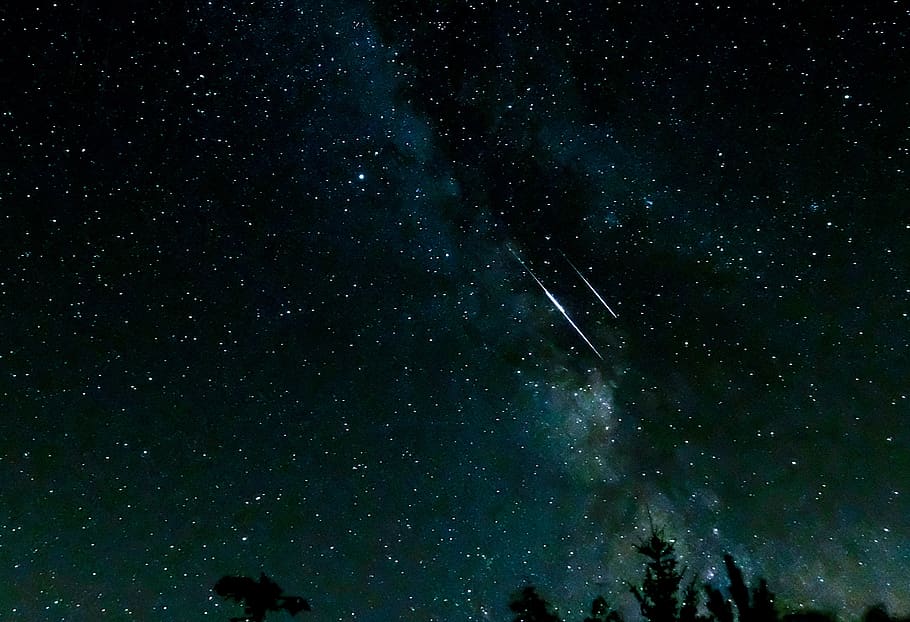Get ready for the peak of the Perseids meteor shower this weekend
The highly-anticipated annual Perseid meteor shower is set to reach its maximum activity this weekend, delighting meteor enthusiasts and capturing the imagination of the public. The Perseids are predicted to peak on the night of August 12th into the early morning hours of August 13th, with North America being in a particularly favorable position for viewing. However, observers from the UK can also expect a good show, especially in the pre-dawn hours of Sunday morning.
Unlike last year, when the full moon overshadowed the meteor shower, this year’s display will not be hindered by significant lunar interference. The moon will be in its waning crescent phase, illuminated by just 10 percent, providing only a dim glow. This means that the shooting stars will shine even brighter against the night sky.
To observe the Perseids, it is advisable to start watching the sky in the nights leading up to the peak. Perseid meteors, along with sporadics (random meteors that occur frequently), can already be spotted. Named meteor showers have a point in the sky called the radiant, from where the meteors appear to originate. In the case of the Perseids, the radiant lies in the far north of the autumn constellation of Perseus, near the Double Cluster.
For observers in the UK, it is important to wait until at least the small hours of the morning for the radiant to climb high enough in the northeastern sky. By 2 am BST, it will be 50 degrees above the horizon, allowing for a better view of the majority of Perseids. Surprisingly, it is recommended not to focus solely on the radiant itself. Instead, observing an area of sky 30-40 degrees from the radiant will increase your chances of spotting more shooting stars. Additionally, looking around 50 degrees above the horizon will also enhance your viewing experience.
Although the radiant is visible earlier in the evening, it is still quite close to the north-northeastern horizon. This means that Perseids bursting out 20 degrees or more below the radiant may be challenging to spot or entirely missed below the horizon.
Under optimal viewing conditions, such as a dark-sky site with no haze, observers can expect to see between 50 and 70 Perseid meteors per hour near the peak. Even in towns or cities, where light pollution is a concern, rates of around ten meteors per hour can still be observed during the early morning hours when the radiant is high. The Perseids are known for producing bright meteors and fireballs that often leave lingering trails in their wake.
The Perseids originate from the orbital debris of the periodic comet 109P/Swift–Tuttle. These meteors travel at an astonishing speed of around 60 km per second as they enter the Earth’s upper atmosphere, creating a spectacular show for all those fortunate enough to witness it.
So mark your calendars and prepare for a night of wonder and awe as the Perseid meteor shower reaches its peak this weekend. Whether you are an avid meteor enthusiast or simply someone who appreciates the beauty of the night sky, this celestial event is not to be missed. Find a comfortable spot, look up, and let the shooting stars take you on a journey through the wonders of the universe.
